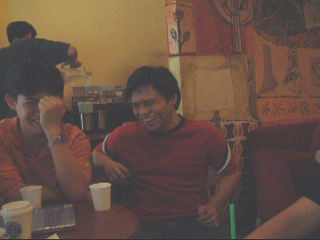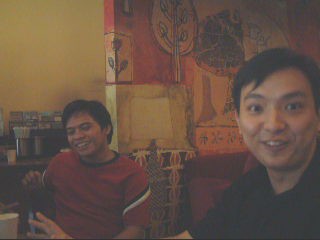Three Contractors
Three contractors were visiting a tourist attraction on the same day. One was from New York, another from Texas, and the third from the Florida
.
At the end of the tour, the guard asked them what they did for a living. When they all replied that they were contractors, the guard said, "Hey, we need one of the rear fences redone. Why don't you guys take a look at it and give me a bid?" So, off they went to check it out.
First to step up was the Florida contractor. He took out his tape measure and pencil, did some measuring and said, "Well, I figure the job will run about $900. $400 for materials, $400 for my crew, and $100 profit for me."
Next was the Texas contractor. He also took out his tape measure and pencil, did some quick figuring and said, "Looks like I can do this job for $700. $300 for materials, $300 for my crew, and $100 profit for me."
Without so much as moving, the New York contractor said, "$2,700."
The guard, incredulous, looked at him and said, "You didn't even measure like the other guys! How did you come up with such a high figure?"
"Easy," he said. "$1,000 for me, $1,000 for you and we hire the guy from Texas."











